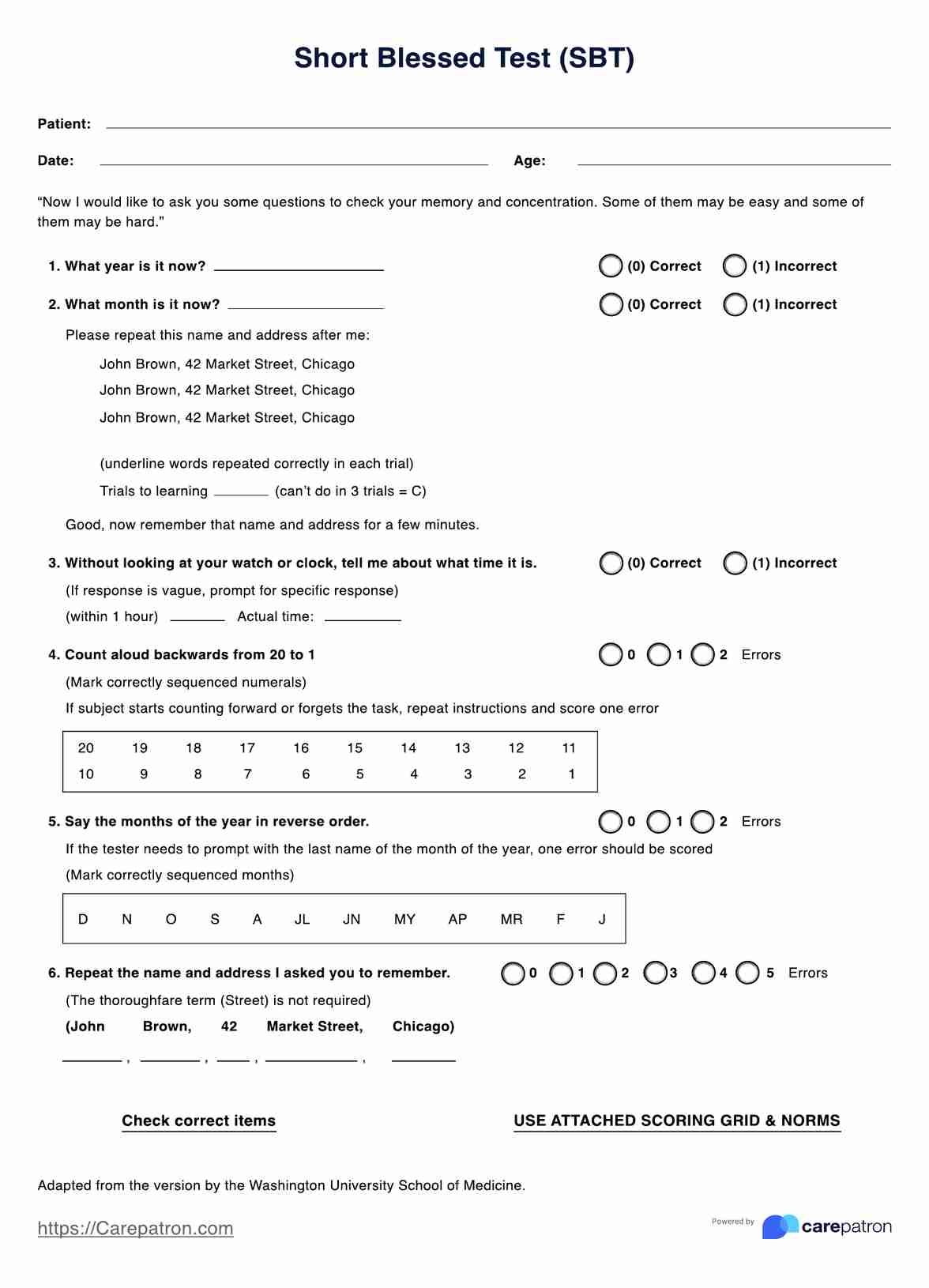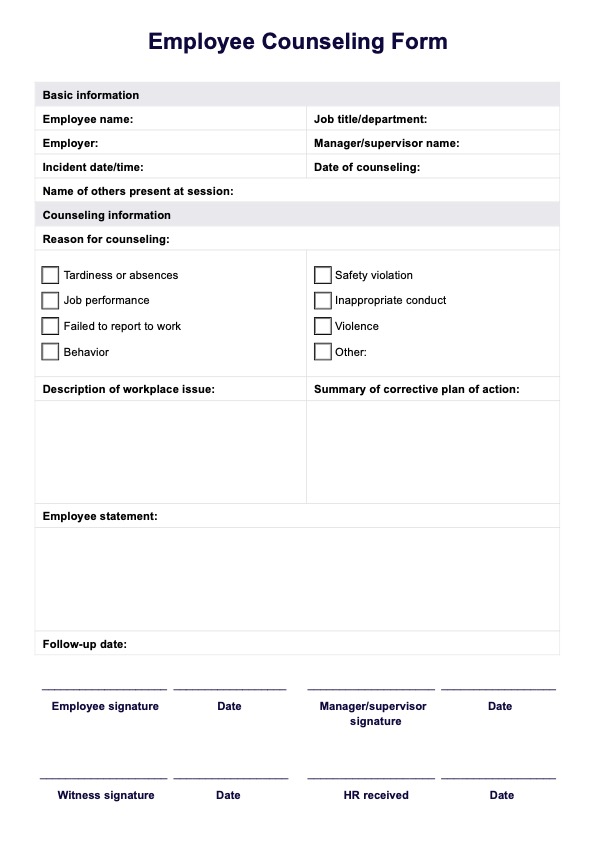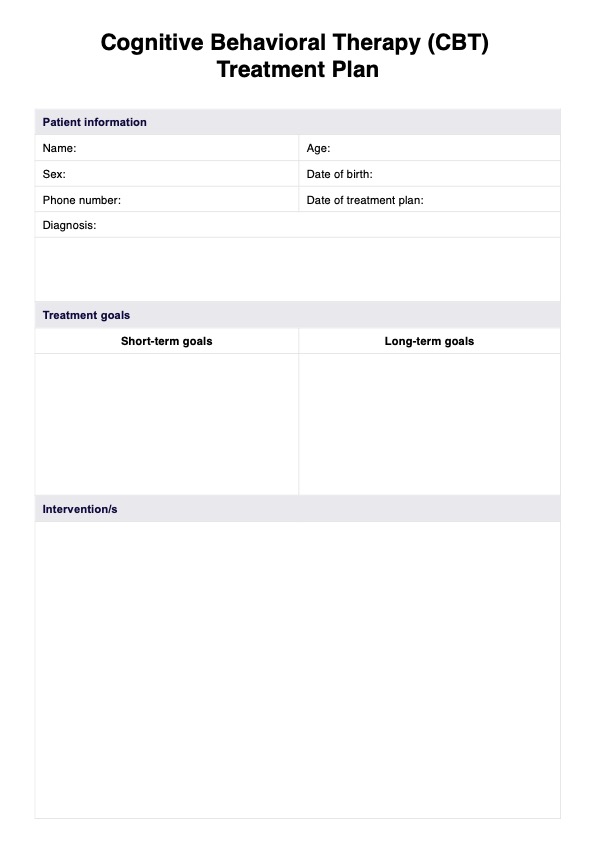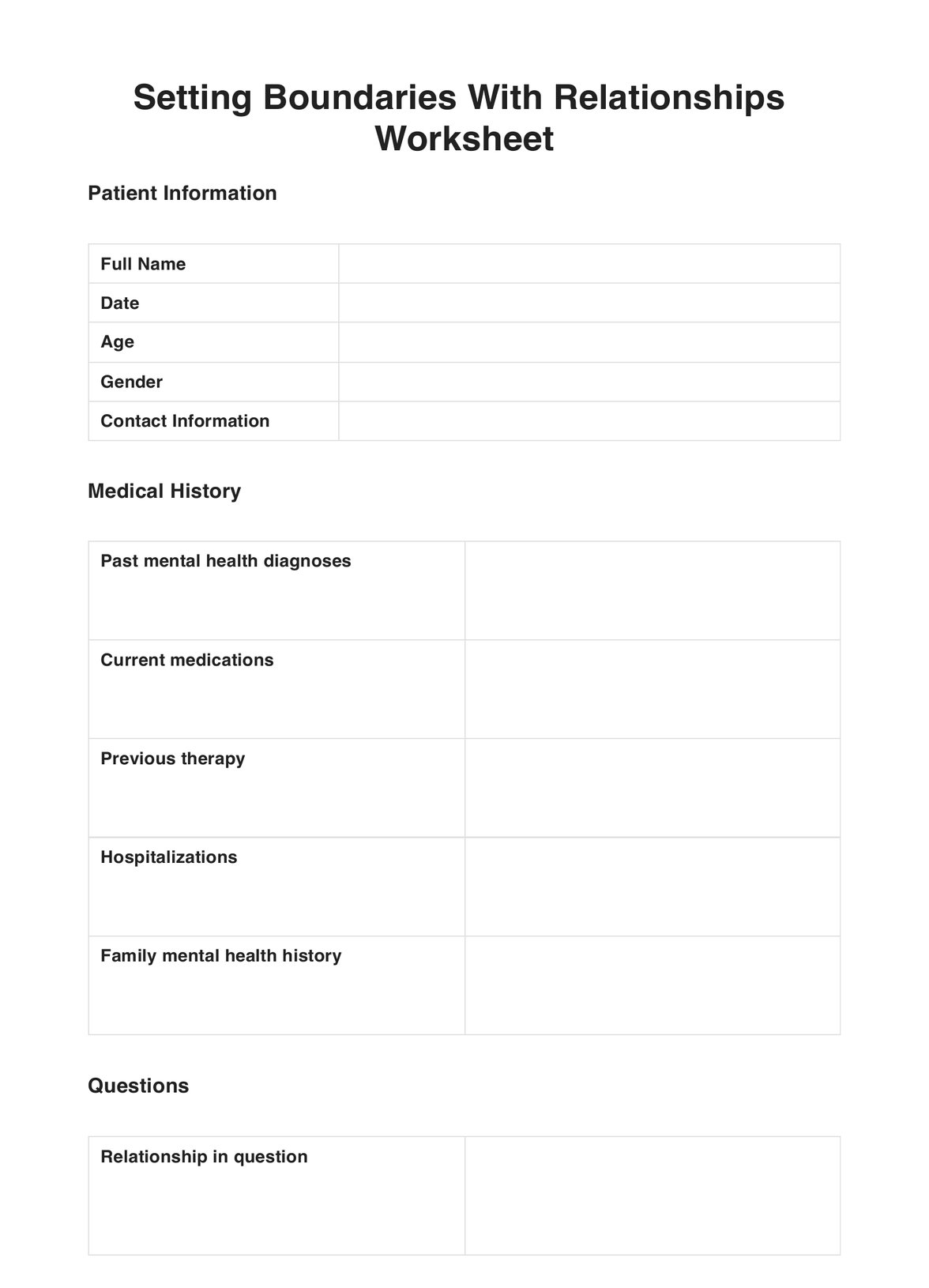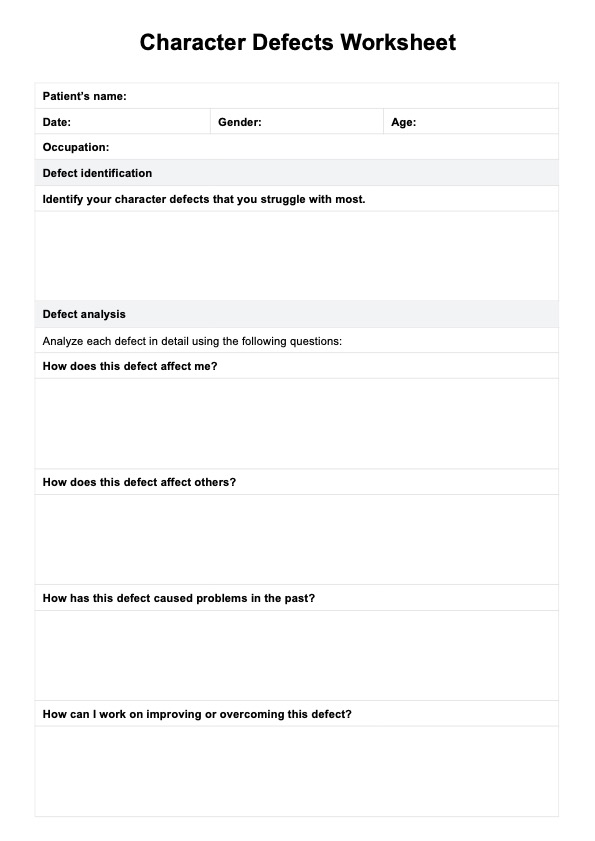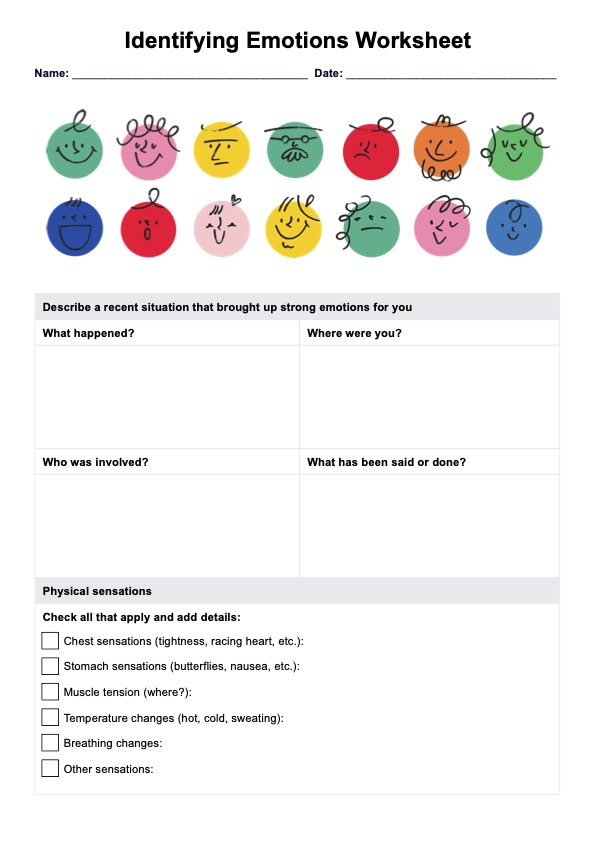Riding the Wave of Your Urges DBT Worksheet
Dive into the nuances of DBT and access our exclusive "Riding the Wave of Your Urges" DBT worksheet & learn its transformative benefits!


What is Dialectical Behavior Therapy?
Hey there, awesome health professionals! 🌟 Let's dive right into one of the most transformative approaches in modern psychotherapy: Dialectical Behavior Therapy (DBT). Imagine if you could equip your patients with a toolkit to navigate the choppy waters of intense emotions, helping them ride the wave rather than getting swept away. That's precisely where DBT comes into play.
DBT, founded by Dr. Marsha Linehan, is a cognitive-behavioral approach. Yet, it's unique—it adds a layer of mindfulness and acceptance strategies, marrying change with acceptance. Have you ever found yourself thinking, "Why can't my patients just...?" Well, provides the "how-to." It's designed primarily for individuals with self-harm tendencies and borderline personality disorder but has evolved to treat many other conditions.
While traditional cognitive-behavioral therapy focuses on challenging, distressing thoughts, DBT asks: "What if we validate and accept these thoughts and encourage change?" It's all about that balance, baby!
Hold tight because we're about to journey through DBT and discover how the "Riding the Wave of Your Urges" worksheet can be a game-changer for your therapy toolkit. And guess what? We've got a downloadable PDF for you. Stick around!
Riding the Wave of Your Urges DBT Worksheet Template
Riding the Wave of Your Urges DBT Worksheet Example
How to Use the "Riding the Wave of Your Urges" DBT Worksheet
Navigating the tides of our emotions and urges can be a challenging endeavor. Just like in our introduction, where we likened urges to waves in the ocean, this worksheet serves as a roadmap to 'surf' these waves. So, how exactly do you guide your patients through this illuminating exercise? Let's break it down step by step!
Step 1: Setting the Stage
Preparation: Ensure that the patient is calm and that the environment is conducive to introspection. A quiet, comfortable space free from distractions is essential.
Step 2: Body and Breath Awareness
Tuning In: Before delving into the exercise, the patient should focus on their breathing and identify where they're experiencing the urge in their body.
Step 3: Deep Dive into the Urge
Sensation Recognition: Get the patient to articulate sensations connected to the urge, whether it's tingling, warmth, or tension.
Step 4: Visualizing the Wave
Harnessing Imagination: This is where the visualization technique truly kicks in. The patient imagines their urge as a wave in the ocean. Their breathing syncs with the ebb and flow of the wave, riding atop it like a seasoned surfer.
Step 5: Objective Observation
Descriptive Detachment: As the patient 'rides' the wave, encourage them to describe the sensations they're experiencing, promoting an objective and non-judgmental approach.
Step 6: Reflection
Insight Gathering: Post-exercise, get the patient to detail their feelings, thoughts, and physical sensations. This is the crux of the worksheet, facilitating introspection and growth.
Step 7: Rating and Future Planning
Feedback and Forecast: Finally, the patient rates the exercise's helpfulness and identifies future situations where they can deploy the "Ride the Wave" technique.
The "Riding the Wave of Your Urges" worksheet isn't just a piece of paper; it's an empowering tool, a lifebuoy in the stormy seas of our emotions. As healthcare professionals, guiding our patients through this process is pivotal. And remember, the more they practice, the better surfers they become in the vast ocean of their emotions!
When Would You Use This Form?
Dialectical Behavior Therapy (DBT) and the accompanying "Riding the Wave of Your Urges" worksheet can be particularly beneficial in specific contexts. By analyzing Anna Cox's experience, we can gain insights into the potential scenarios where this form may be appropriate. Here are instances when healthcare professionals might find this worksheet particularly useful:
- Addressing Impulse Control Issues: For individuals with difficulties controlling impulsive behaviors, such as sudden outbursts, substance abuse, or binge eating.
- Managing Emotional Overwhelm: This form can serve as a grounding tool during moments of intense emotional distress where a patient feels overwhelmed.
- Habitual Patterns: If a patient has recurring unhealthy habits that they aim to break, the worksheet can help them recognize and manage their urges.
- Enhancing Mindfulness Practices: The worksheet can be introduced as part of a broader mindfulness practice, helping patients develop an awareness of their body's reactions and sensations.
- High-Stress Situations: Before entering a potentially triggering or stressful scenario, patients can utilize this form to prepare and arm themselves with coping strategies.
- Regular Therapy Sessions: As a recurring exercise in therapy sessions, patients can track changes and improvements in their reactions and impulses over time.
In conclusion, the "Riding the Wave of Your Urges" DBT worksheet is versatile and adaptable to numerous clinical scenarios. Healthcare professionals can harness its potential to foster better emotional and behavioral management by tailoring its use to each patient's unique needs. Drawing inspiration from Anna's session, practitioners can guide their patients through the transformative experience of understanding and navigating their urges effectively.
This dialectical behavior therapy template provides valuable support to enhance your practice and client results.
Benefits
Tangible Insight into Emotional Dynamics
The "Riding the Wave of Your Urges" DBT worksheet provides patients with a structured framework to understand and visualize their urges. This hands-on approach offers tangible insights, helping patients recognize the transient nature of their emotions.
Encourages Mindfulness and Presence
The worksheet promotes mindfulness by guiding patients to focus on their bodily sensations and breathing. This heightened awareness can cultivate a stronger sense of presence, allowing patients to navigate their emotions without becoming overwhelmed.
Offers a Safe Space for Reflection
The structure of the worksheet creates a safe environment for introspection. By reflecting on their experiences, patients can identify patterns, triggers, and coping mechanisms pivotal in their therapeutic journey.
Empowers Patients to Face Challenges
With the visualization of riding a wave, patients are equipped with a powerful metaphor to face their urges. This can build resilience and empower them to meet future challenges without resorting to unhelpful behaviors.
Enhances Therapeutic Outcomes
The worksheet is a valuable therapeutic tool for healthcare professionals, complementing other treatment modalities. It can enhance the efficacy of therapy sessions by offering clear insights into a patient's emotional state and coping strategies.
Easily Integratable into Various Therapeutic Contexts
Its versatile design ensures the worksheet can be easily integrated into various therapeutic contexts, making it a flexible tool for group and individual sessions.
Commonly asked questions
Yes, Carepatron offers customizable DBT worksheets to cater to individual therapeutic needs. You can easily modify them according to the specific requirements of your clients.
Carepatron prioritizes user security, utilizing high-end encryption and security protocols. Rest assured; all your data and therapy sessions are safe and confidential.
Absolutely! Carepatron is designed to cater to individual and group therapy sessions, ensuring versatility and efficiency in all settings.


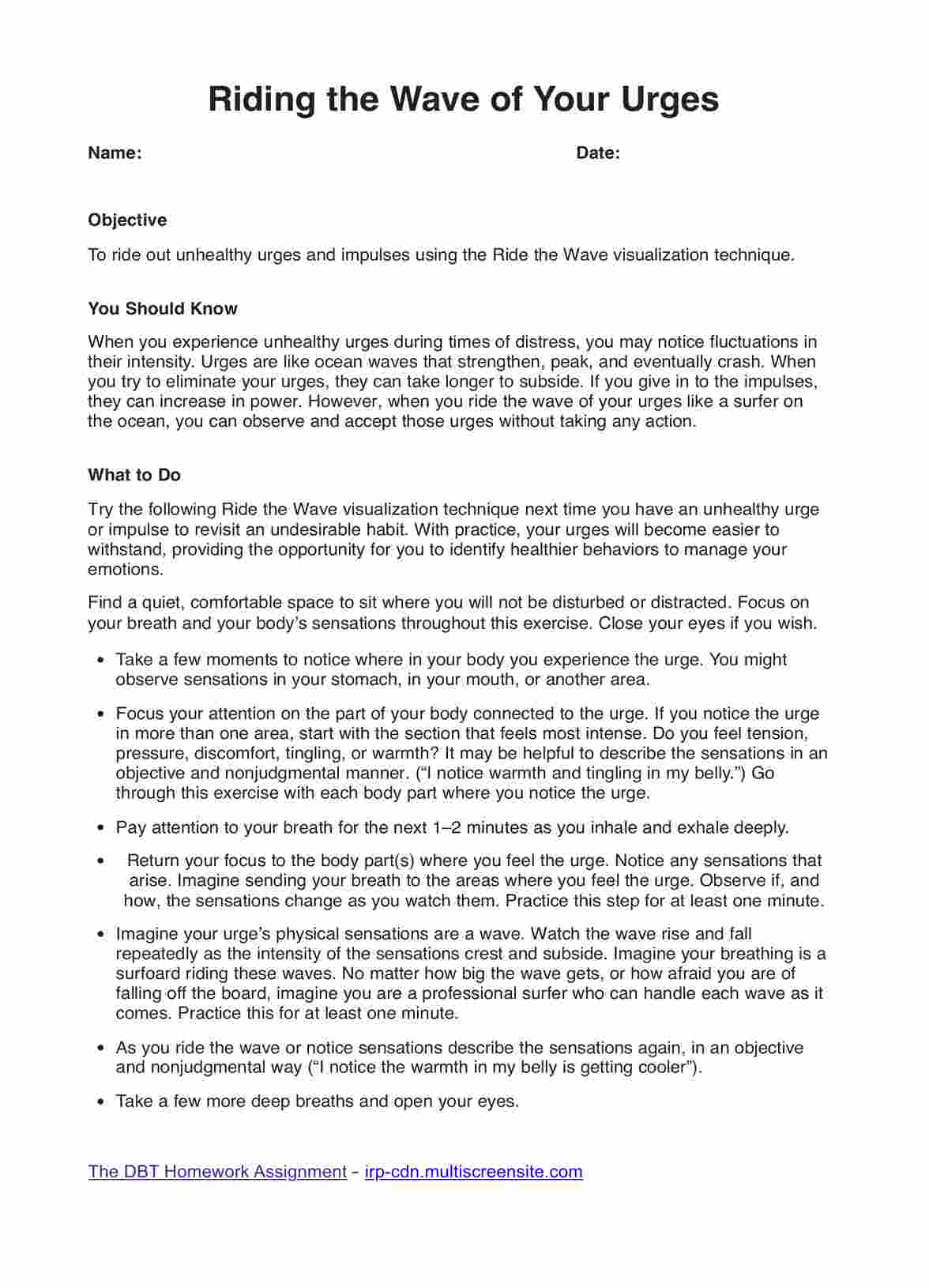
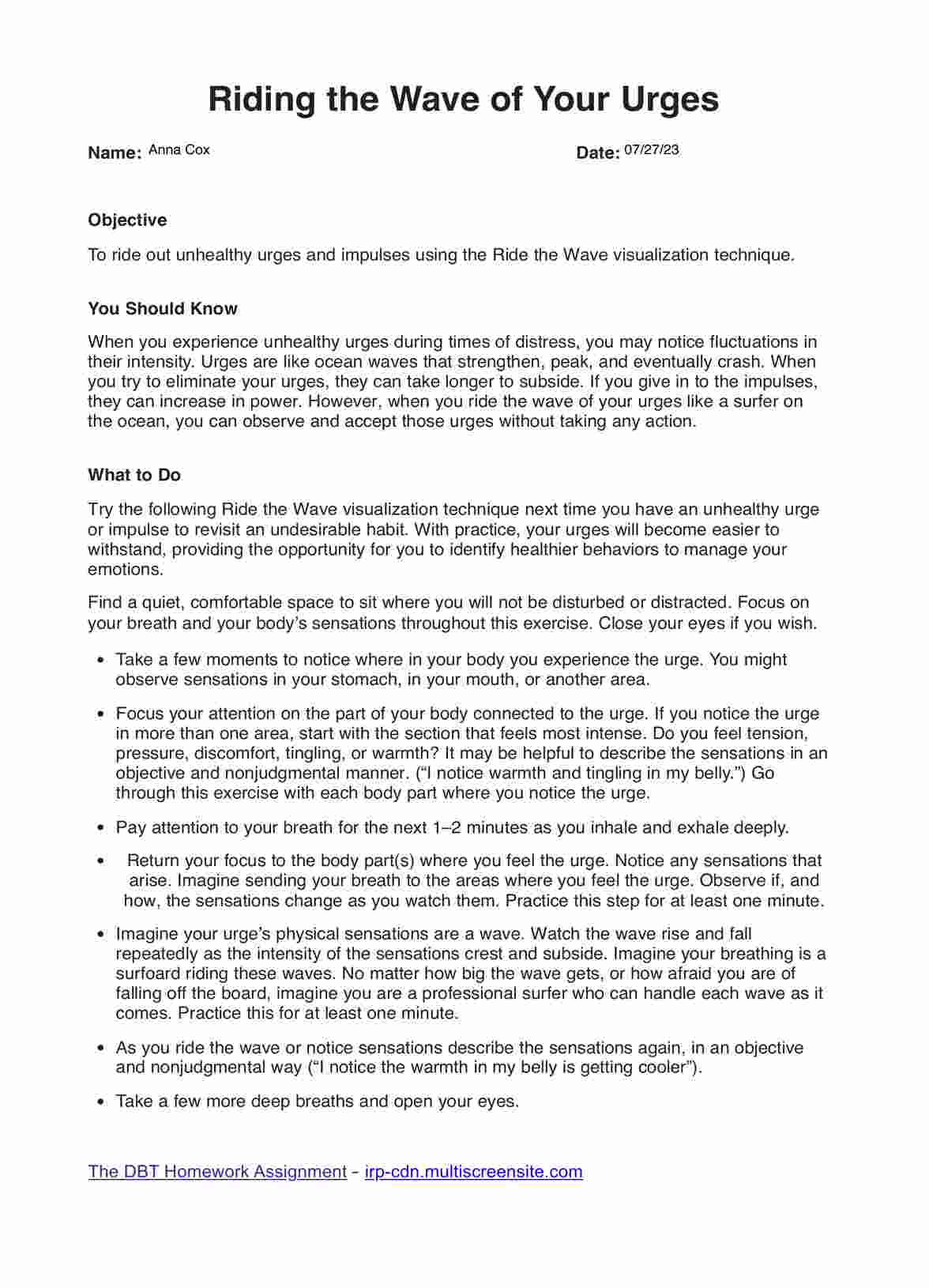















-template.jpg)





















































































